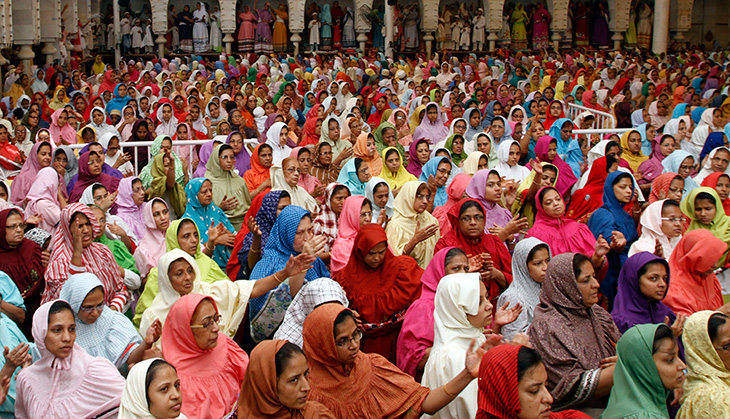On the occasion of the International Zero Tolerance Day for Female Genital Mutilation, the NGO ‘Sahiyo’ has released a report that shows 80% of the participants of a survey among Bohra women had been subjected to khatna (female circumcision) during their childhood.
An overwhelming number of the participants (81%) said they would like to see an end to this practice within the community. A similar percentage (82%) said they were “unlikely” or “extremely unlikely” to continue khatna on their daughters.
While releasing their report, ‘Understanding Female Genital Cutting in the Dawoodi Bohra Community: An Exploratory Survey’ at a press conference in Mumbai, Sahiyo members said theirs was the first large-scale, online global survey on the issue of khatna as practiced among the Dawoodi Bohras. The significance of the survey lay in the fact that there has been almost no research of the prevalence of this practice within the Bohra community, they added.
Asked what they thought were the reasons for “female genital cutting” (Sahiyo prefers to use ‘cutting’ to the more commonly used term ‘mutilation’), 56% felt it was for religious reasons, while 45% felt it was intended to decrease sexual pleasure.
Over one-third of those who were cut claimed that khatna affected their sexual life. Out of those women, 87% said khatna had a negative impact on their sexual life. “Some women suffer from such mental agony that they are not able to get intimate with their partners”, said Aarefa Johari at the press conference.
Sahiyo sees its online survey as just a beginning, a preliminary and exploratory study of khatna. The survey results point to the need for much more in-depth field research, both qualitative and quantitative, on the practice of khatna among Bohras. In the future, surveys of Bohra men’s attitudes towards khatna are also needed. “We hope that this pioneering survey becomes a base for future research on Khatna”, it was stated.
Dawoodi Bohras have been practicing khatna as a secretive ritual for centuries, and the silence around the practice has broken only recently, in the past four or five years. Even though many women from the community are now speaking out about their personal experiences of khatna and pushing for an end to the practice, there has been little to no scientific research on the subject.
As Sahiyo rightly points out, without research and representative data, it is difficult to determine the degree of prevalence of khatna and to understand the complex social norms and cultural value systems that shape the practice of khatna within the community. The lack of research also makes it difficult to pass legislation and policies, and to design outreach and education programmes to push for an end to the practice.





